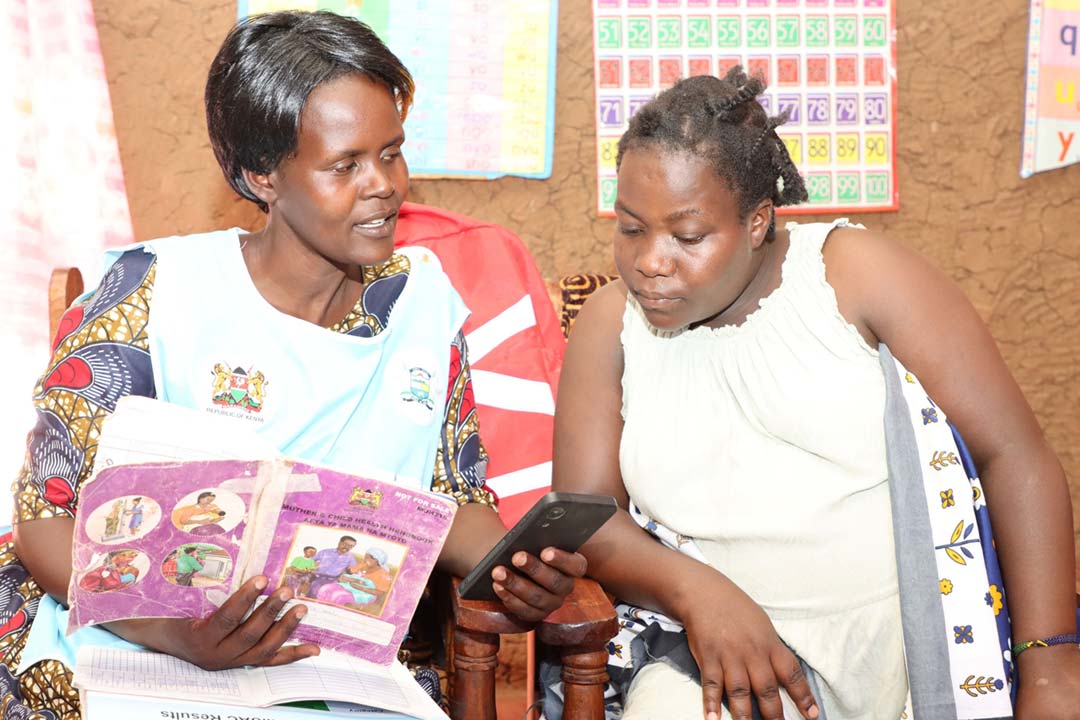How solar power is revolutionising immunisation in the most remote parts of the world
Storing vaccines safely is critical to getting more essential vaccines to the world’s most vulnerable. Here’s how solar-powered fridges are ensuring reliable access to safe vaccines and mitigating climate change.
- 5 June 2023
- 4 min read
- by Priya Joi

Immunisation has seen extraordinary innovations in the past few decades – from R&D to delivery to financing – yet these can all be for nothing if vaccines are not able to be stored at the right temperature when they get to communities.
Solar-powered fridges are now allowing safe storage of vaccines in health facilities serving remote and underserved areas that are often not connected to a power grid, and it means that local community clinics using these fridges can provide regular immunisation services.
More than 66,000 fridges have been installed through the programme, with around about 60% of these solar powered, saving an estimated 7,000 tonnes of CO2 averted per year.
Through its Cold Chain Equipment Optimization Platform (CCEOP), Gavi has been rolling-out solar-powered fridges since 2017. While some countries were already using solar-powered fridges, says Dr Karan Sagar, head of vaccine management at Gavi, they were using battery-powered fridges that meant that when the battery died the fridge wasn't usable. Moreover, the platform is supporting countries to replace gas and kerosene fridges that were unreliable and very polluting.
CCEOP uses technology called a 'solar-direct drive', which bypasses the use of an external battery. Instead the fridge is wired directly to a solar array that captures energy from the sun. It also has a back-up battery made of ice that can cool the fridge in the event it runs out of solar power. This technology is steadily increasing the number of people who can access vaccines, and goes some way to reducing the number of 'zero-dose children', who never receive a single vaccine.
Have you read?
So far, more than 66,000 fridges have been installed through the programme, with around about 60% of these solar powered, saving an estimated 7,000 tonnes of CO2 averted per year – or the equivalent of 18,000 short-haul flights. The endline evaluation of CCEOP in three countries showed that increased cold-chain equipment capacity has led to an expansion in the reach of immunisation services, fewer stockouts and an increase in frequency of immunisation sessions.
Clean energy
To ensure the 'cold chain' or the refrigeration of vaccines in parts of low-income countries where there is unreliable or no electricity supply, gas or kerosene powered fridges have been used instead.
These are incredibly polluting, however, and can harm not only the environment but the health of the people the fridges are intending to serve. They require frequent maintenance and are also not extremely reliable at keeping the fridge at the 2°C to 8°C needed to store most vaccines.
Since 2016, CCEOP has provided about US$ 400 million of grant funding to the countries to procure this cold chain equipment. Around 50 countries have been supported.
Sustainable use
One issue with introducing new technology in low-income countries with limited human resources or grid electricity is that either local health workers can't run the machinery or they don't know how to maintain or repair it. Either problem can mean the assets are not used at all, or they are used briefly before they break down and then gather dust, unused.
The CCEOP includes a service bundle to ensure that the fridges truly go that last mile, says Sagar. This means that fridges are not just procured, but are also delivered and installed by manufacturers, who include a long-term warranty, and train local people to look after the equipment and flag any issues. Remote temperature-monitoring devices means that changes in temperatures that could affect the vaccines can be flagged to manufacturers or health managers situated away from the remote location.
This hasn't eliminated all the challenges, says Sagar, as people may still not monitor temperatures often enough, or they may not be able to afford even basic maintenance, but these measures are going a long way to optimise vaccination programmes.
Solarised health facilities
The challenges in powering fridges are the same with the wider health facilities that need sustainable energy to power the delivery of other health services, and now that this model has been established, could it be scaled up and broadened out?
Sagar says his team is now planning to run pilot studies on "whether it's possible to make use of the established planning and procurement processes, manufacturer relationships, and so on, to see whether the CCEOP could be leveraged for wider solarisation of health facilities."
More from Priya Joi
Recommended for you








